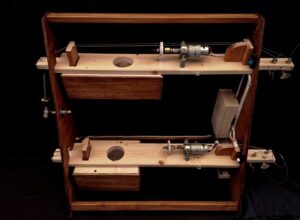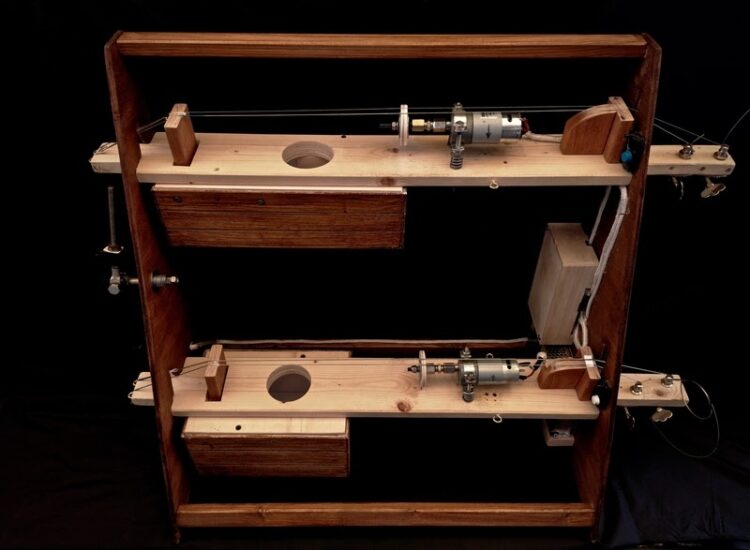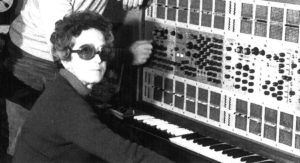Since 2018, AIMI scientific committee has conceived a prize for the most original electroacoustic composition, called Teresa Rampazzi Prize. The reason behind this prize resides in the will to recognise any composer who is attentive to combine electronic research with aesthetic research, as Teresa Rampazzi did in her music. Besides being one of the first pioneer of electronic music in Italy (alongside Luciano Berio, Bruno Maderna, Luigi Nono, Pietro Grossi, Enore Zaffiri, Richard Teitlebaum, Alvin Curran, to name a few), Teresa Rampazzi distinguished herself for being one of the few women working in this field. Rampazzi (1914–2001) was a composer, electronic music researcher, pedagogue, former avant-garde pianist, who decided to devote herself to electronic analogue music at the age of 50. Together with optical and programmatic artist Ennio Chiggio, in 1965 she founded the N.P.S. Group (Nuove Proposte Sonore). The Group became one of the main Studios active in Italy alongside Pietro Grossi’s in Firenze and Pisa and Enore Zaffiri’s in Turin. Rampazzi approached Computer Music in the early Seventies, thanks to her close friend and colleague Pietro Grossi; at the time she was 60 years old. In October 1972, the Conservatory of music of Padova appointed her the new Electronic Music Course, of which she was a strong advocate (it was the fourth course in Italy after Grossi in Firenze, Zaffiri in Turin and Angelo Paccagnini’s electronic music course in Milan). Teresa taught to her students analogue techniques during her lessons at conservatory, whereas at the newborn CSC (Centro di Sonologia Computazionale), she produced Computer Music. After the death of her husband in 1984, Rampazzi moved to Assisi and later to Bassano del Grappa (Vicenza), where she continued to compose.
The 1st Teresa Rampazzi Prize edition (XXII CIM conference, 2018) to the most original electroacoustic composition selected from the call for music – an award that has accompanied the Aldo Piccialli prize to the most innovative scientific contribution in the research on musical informatics – has been awarded to the piece Astèrion by Rocío Cano Valiño, with special mention to the piece Khēmia I by Demian Rudel Rey.
After a discontinuity in the organization of the CIM conference due to covid pandemic, the 2022 edition of Teresa Rampazzi Prize (XXIII CIM, Ancona) has been conferred to the piece , for the ability to realize a piece with a solid compositional structure, as well as original and organic synthesis techniques.
https://www.aimi-musica.org/?p=3868
Listen on YOUTUBE: Mattia Parisse | Brulicautoma | 2021 | 8:08
“Brulicautoma” is a composition for fixed media, based on the sound materials produced by the self-made instrument “Gurdy Gurdy”.

Source: Mattia Parisse, BRULICAUTOMA (2021), https://www.idkf.org/past-versions/idkf-2021/artists-2021/mattia-parisse

